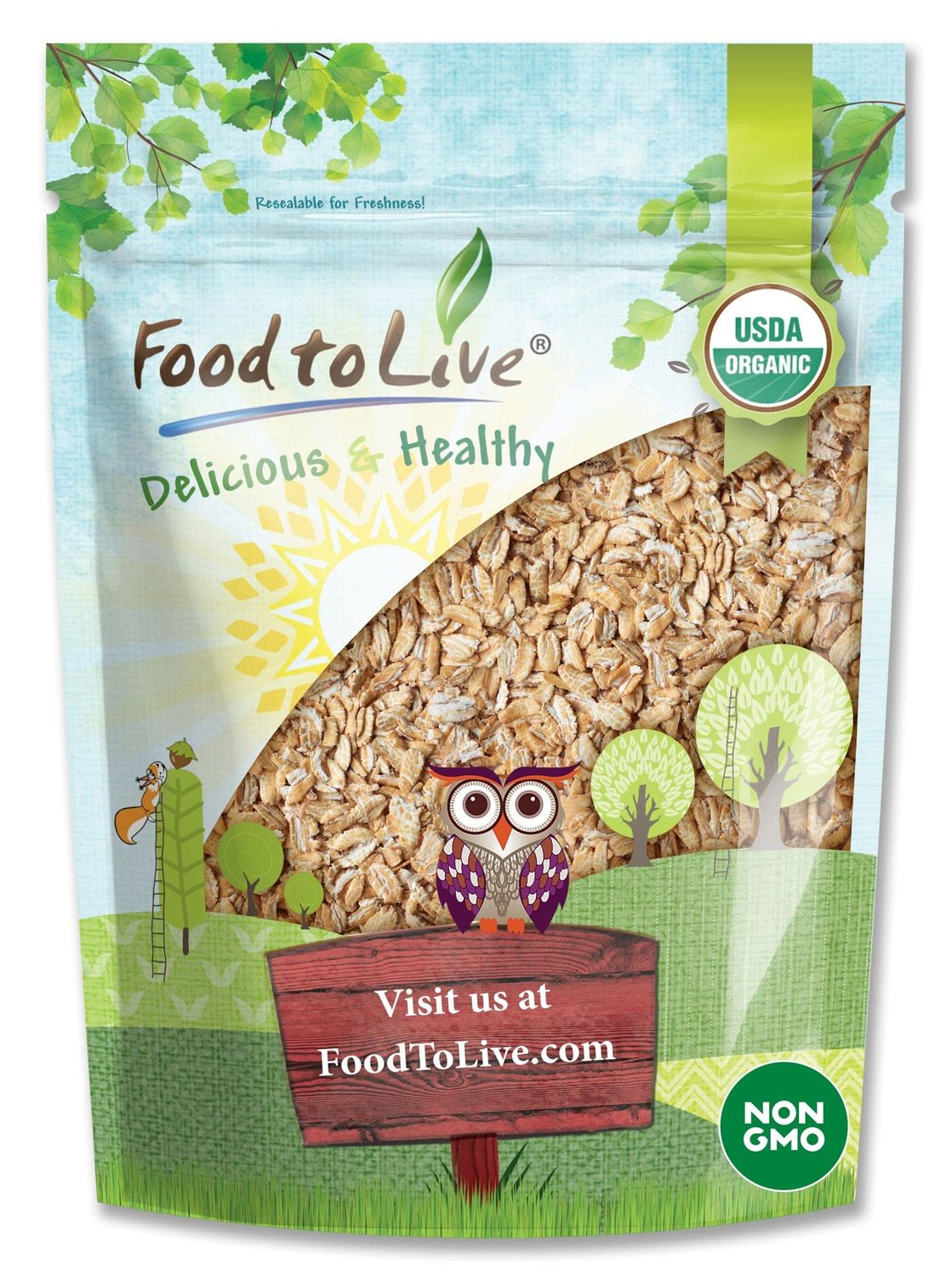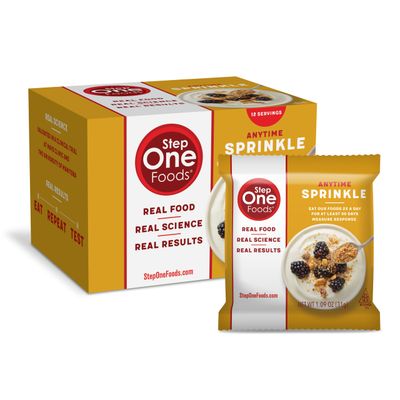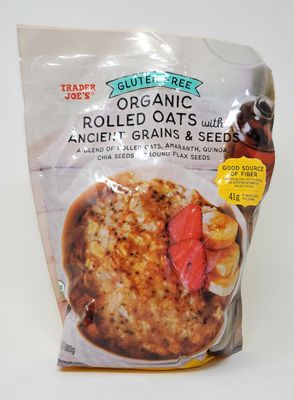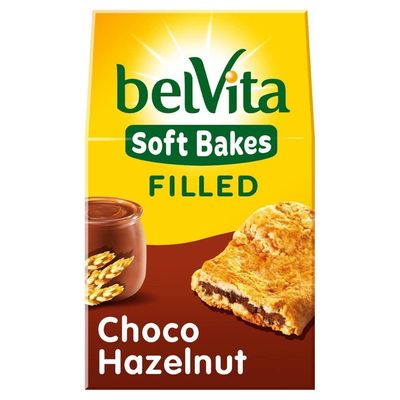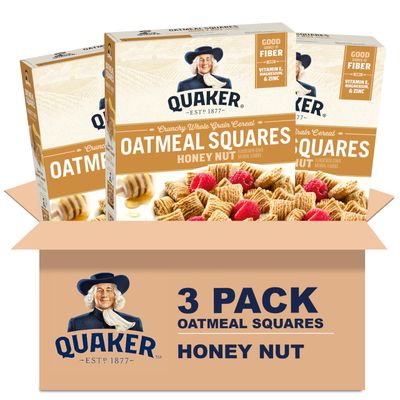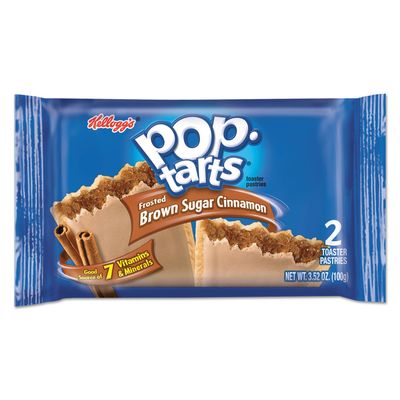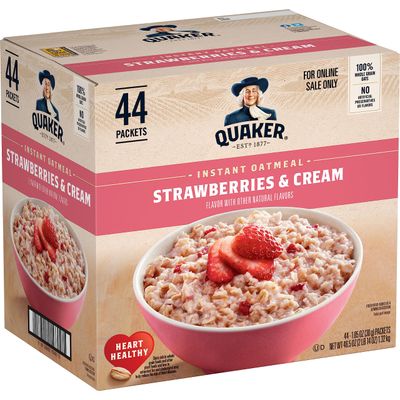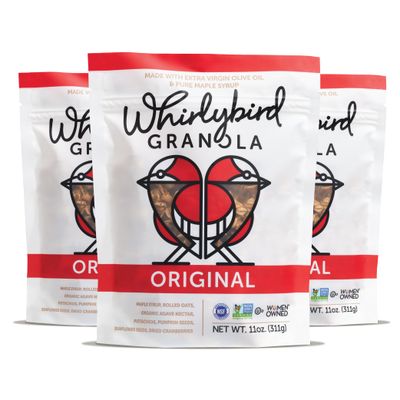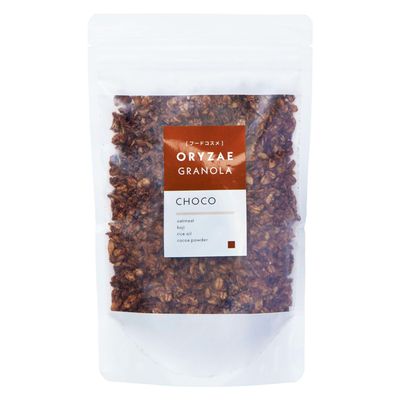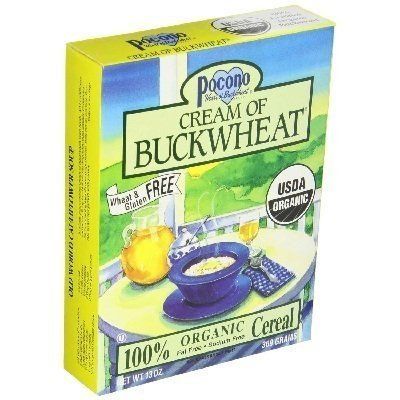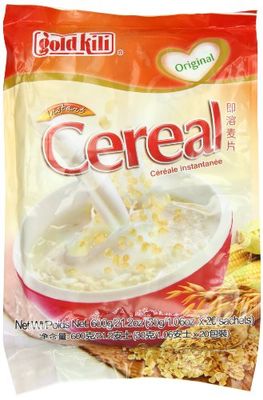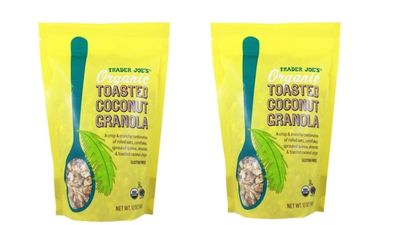Food to Live Organic Rolled KAMUT Khorasan Wheat Flakes, 1.5 Pounds - Non-GMO, Made from Whole Wheat Berries, Kosher, Bulk, Great for Cereal, Granola, Muffins and Milling into Flour for Baking
Description
What are organic Kamut flakes? Kamut grain flakes are produced by steaming and flattening whole grains. Kamut grain is the ancient variety of wheat, which was found in the sarcophagus of a pharaoh during excavations in Egypt. Surprisingly, 5000 years old grains germinated when a farmer from Montana planted them. Now, Kamut's production is under a license and has a trading name, "Kamut." Nutrients The content of protein, unsaturated fatty acids, amino acids, vitamins, and minerals in Kamut is higher than in other wheat varieties. Kamut is rich in vitamins E, B2, B5, B6, and folic acid. This ancient wheat also contains magnesium, calcium, and phosphorus. The trace mineral selenium contained in it supports healthy skin and hair. People with gluten intolerance (a non-allergenic and non-autoimmune gluten-related functional disorder) often tolerate organic Kamut wheat flakes better than other wheat varieties. Many people's reactions are usually caused by wheat allergies, not gluten intolerances, as is often mistakenly assumed. Organic Kamut wheat flakes are high in fiber. With regular consumption of Kamut and enough fluids, they will support intestinal health. Cooking with organic Kamut flakes First of all, organic Kamut wheat flakes is an alternative to oat flakes. Therefore, you can use the recipes for oat flakes to cook them. However, some of the ideas of cooking are still worth mentioning. The best way to eat organic Kamut flakes is to make porridge from them. The other way is to cook granola with rolled Kamut flakes and dried fruit. Soaked overnight, they can also be added to muesli.
Features
- ORGANIC: Our Organic Kamut flakes are certified organic and free of GMOs and chemical fertilizers.
- ROLLED: Kamut wheat flakes are the product that is made by steaming and pressing Kamut grains.
- ALTERNATIVE FOOD: This alternative can replace oat flakes.
- NUTRITIOUS: It is rich in nutrients such as protein, unsaturated fatty acids, amino acids, and vitamins E, B2, B5, and B6.
- TASTY BREAKFAST: Organic Kamut flakes is a perfect tasty breakfast. You can cook porridge, granola, or add it to muesli.

